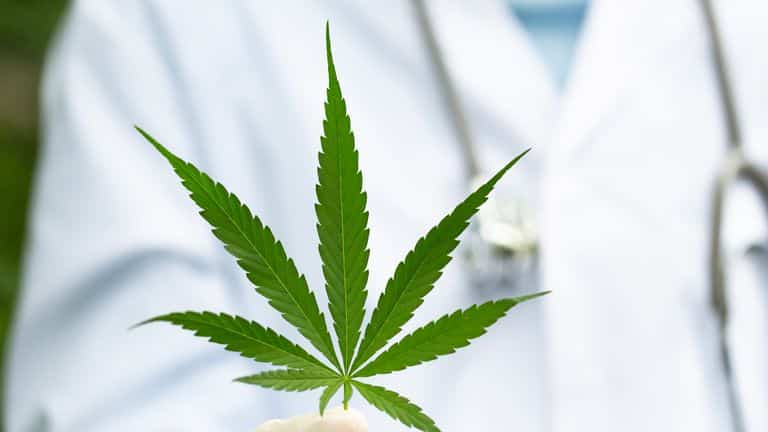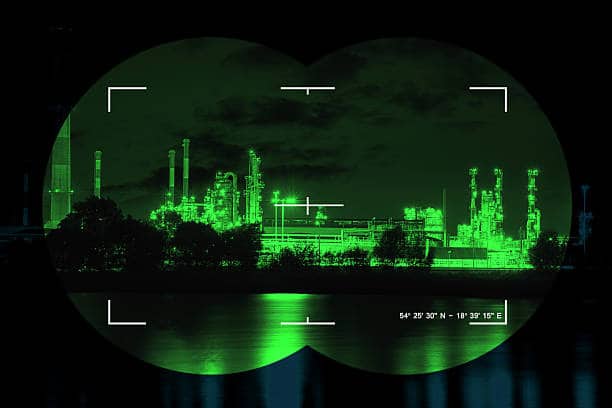The art of greenkeeping is a meticulous and fascinating craft that ensures the perfect golfing experience. Maintaining pristine greens and fairways requires a combination of passion, knowledge, and skill. This article will explore some essential practices and techniques involved in achieving the highest quality golf course. So, grab your favorite club, and let’s dive into the world of golf course maintenance!
Understanding Turfgrass Management
The foundation of a beautiful golf course begins with the turf itself. Selecting the right type of grass is crucial, as it must withstand specific environmental conditions and intense daily use. Common turfgrass types include bentgrass, bermudagrass, and fescue, each with its own unique characteristics. Greenkeepers must expertly manage diverse turfgrass species, replacing weakened areas and providing essential care for optimal growth and health.
One of the most critical factors in maintaining a golf course is the height of the cut. Striking the perfect balance between aesthetics and playability is essential. Cutting the grass too low can lead to scalping while leaving it too long can impair ball roll and aesthetic appeal. Mowing patterns can also significantly impact the health and appearance of your course. Employing a variety of mowing techniques, such as striping or checkerboarding, ensures an even distribution of wear and prevents soil compaction.
Soil Quality and Pest Control
Over time, the soil on the golf course becomes compacted from regular foot and machinery traffic. This compaction impedes the movement of air, water, and nutrients within the soil, leading to weak, unhealthy turf. Aeration techniques, such as coring or solid tining, help alleviate compaction, allowing for improved root growth and better drainage.
Maintaining a healthy and visually striking golf course involves diligent scouting for pests and diseases. Fungi, insects, and other pests can wreak havoc on the turfgrass and surrounding landscape. Greenkeepers must quickly identify and address potential threats, utilizing integrated pest management strategies to minimize harmful impacts on the environment and the golf course. For further insights on controlling pests and diseases on your golf course, you can learn more about lawn care and weed control products.
Topdressing and Maintenance
Topdressing is the process of applying a thin layer of sand or a compatible organic material to the surface of the turf. This practice helps to smooth the surface, dilute thatch buildup, and support a healthy growing environment for the grass. By maintaining a regular topdressing schedule, greenkeepers can keep the playing surface consistent and aesthetically appealing.
In addition to the greens and fairways, the surrounding landscape and course features play a significant role in the overall golfing experience. Bunkers, water hazards, and tee boxes all require specialized maintenance to stay visually appealing and consistent for play. Greenkeepers spend significant time refining these details to match the expectations of even the most discerning golfer.
Sustainable Practices
Environmental stewardship is a critical element of modern greenkeeping. This involves implementing sustainable practices, such as minimizing water usage, using organic fertilizers, and managing natural habitats for local flora and fauna. Such strategies help conserve resources, protect local ecosystems, and maintain the long-term health of the golf course for players to enjoy.
Effective watering and moisture management are vital to a thriving golf course. Too much water can lead to disease and is also harmful to the environment in general, while too little can quickly result in weak turf, susceptible to wear and damage. Greenkeepers use various methods, such as evapotranspiration monitoring, to optimize irrigation scheduling and ensure water is applied in the most efficient manner.
The Importance of Collaboration
An effective greenkeeping team knows the value of collaboration. They communicate and work closely with other departments within the golf club, such as pro shop staff, clubhouse management, and marketing teams. By fostering strong working relationships, greenkeepers ensure that the entire golf facility operates seamlessly and provides an exceptional experience for players and guests.
Greenkeepers continually engage in professional development and education to stay at the forefront of the industry. They receive training in various areas, including turfgrass management, proper equipment usage, irrigation systems, and pest control. This continuous learning enables them to provide the best possible conditions for golfers and maintain an exceptional golf course.
Conclusion
The art of greenkeeping brings together an array of technical skills and practical knowledge to create a truly exceptional golfing experience. From selecting the perfect turfgrass to refining course details, every aspect is carefully considered and maintained. Behind every pristine golf course lies a team of dedicated greenkeepers who take pride in their craft and ensure every swing, chip, and putt is enjoyed on a flawless playing surface.
Related Posts




